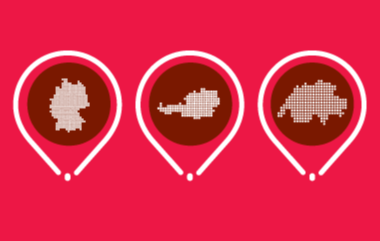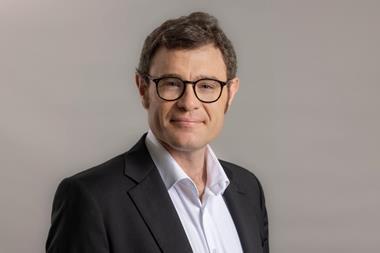SWITZERLAND – Technical assumptions in Switzerland's second-pillar pension system are blurring the funding picture, but more "honesty" in its calculation could shrink the number of pension funds even further, Towers Watson Switzerland has warned.
The so-called 'technische Referenzzinssatz', a guideline for Pensionskassen on the discount rate to be used to calculate liabilities, is currently set at 3.5%.
In the meantime, the return on Swiss government bonds has dropped to 0.5%.
Peter Zanella, managing director at Towers Watson Switzerland, told IPE the spread was currently too wide.
He added that liabilities were being "miscalculated", as "we already know that the bond yields will stay low until 2015", and that a lower discount rate would "show a more realistic picture of the liabilities".
Zanella suggested linking the discount rate to the risk-free rate without simply using the latter as the discount rate.
"The IAS19 discount rate is not such a bad benchmark, currently at 1.4-1.9%," he said.
However, even when using the current discount rate, CHF41.8bn (€34.6bn) would still be needed to achieve full funding in the second pillar, 23.7% more than in 2010, according to the most recent official statistics.
The statistics show a graver picture on returns for 2011 than calculations based on sample portfolios published by Swiss banks and asset managers earlier this year.
According to the official statistics, the more than 2,000 pension funds in the Swiss system returned -0.1%, while the banks and asset managers had calculated returns of around 1%.
This is most likely down to the fact that the official statistics comprise a much larger number of Pensionskassen.
However, their number continues to dwindle, falling to 2,190 in 2011 from 2,265 the year previous.
Difficult markets and growing administrative and regulatory demands have had a significant impact on smaller Pensionskassen.
This is especially true for those that only receive mandatory contributions from employers, and have smaller buffers than larger funds into which employers pay above-mandatory contributions.
Pierre Triponez, president of supervisory body Oberaufsichtskommission (OAK), said he was aware of the problem, acknowledging that the number of Pensionskassen in Switzerland was falling and had done so for several years now.
But he stressed that the OAK had no intention of pushing this development in any direction.
"We have an organically grown landscape of small and large Pensionskassen that we want to maintain, and if we increase the administrative burden too much, we are effectively altering this system," he said.












No comments yet